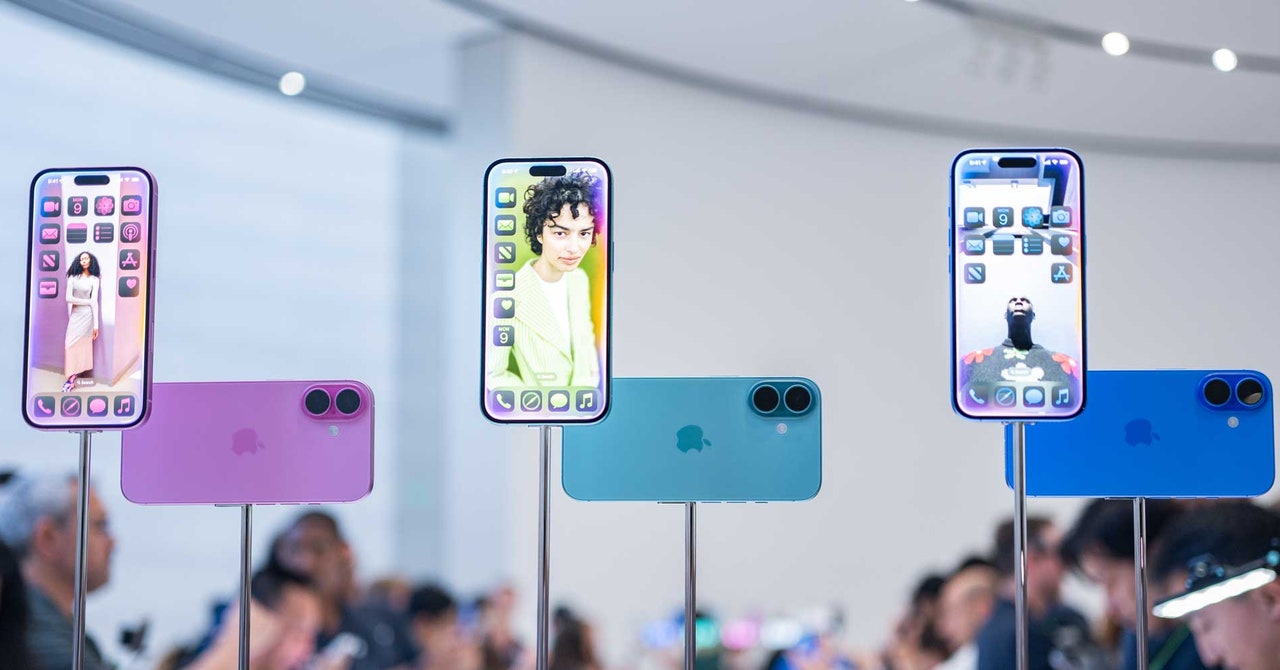While the first Telegram bots identified a few years ago were relatively rudimentary, the technology needed to create more realistic AI-generated images has improved — and some of the bots are hiding in plain sight.
One bot with more than 300,000 monthly users does not mention any explicit material in its name or landing page. However, once a user clicks to use the bot, it claims to have more than 40 image options, many of which are highly sexual in nature. This same bot has a user guide hosted on the web outside of Telegram describing how to create the highest quality images. Bot developers may require users to accept terms of service, which may prohibit users from uploading images without the consent of the person depicted or images of children, but there appears to be little or no enforcement of these rules.
Another bot, which has more than 38,000 users, claims people can send six images of the same man or woman — it’s one of the few that claims to create images of men — to “train” an AI model , which can then create new deep fake images of that face. Once users join a bot, it will present a menu of 11 “other bots” from the creators, who will likely keep the systems online and try to avoid takedowns.
“These types of false images can harm a person’s health and well-being by causing psychological trauma and feelings of humiliation, fear, embarrassment and shame,” says Emma Pickering, head of technology-enabled abuse and economic empowerment at Refuge, the Largest UK domestic violence organisation. “Although this form of abuse is common, perpetrators are rarely held accountable and we know that this type of abuse is becoming more common in intimate partner relationships.”
As outright deepfakes have become easier to create and more widespread, lawmakers and tech companies have been slow to stem the tide. In the US, 23 states have passed laws to deal with deep counterfeiting without consent, and tech companies have strengthened some policies. However, apps capable of creating explicit deepfakes were found in the Apple and Google app stores, Taylor Swift’s explicit deepfakes were widely shared on X in January, and Big Tech’s login infrastructure allowed people to easily create accounts on deepfake websites.




